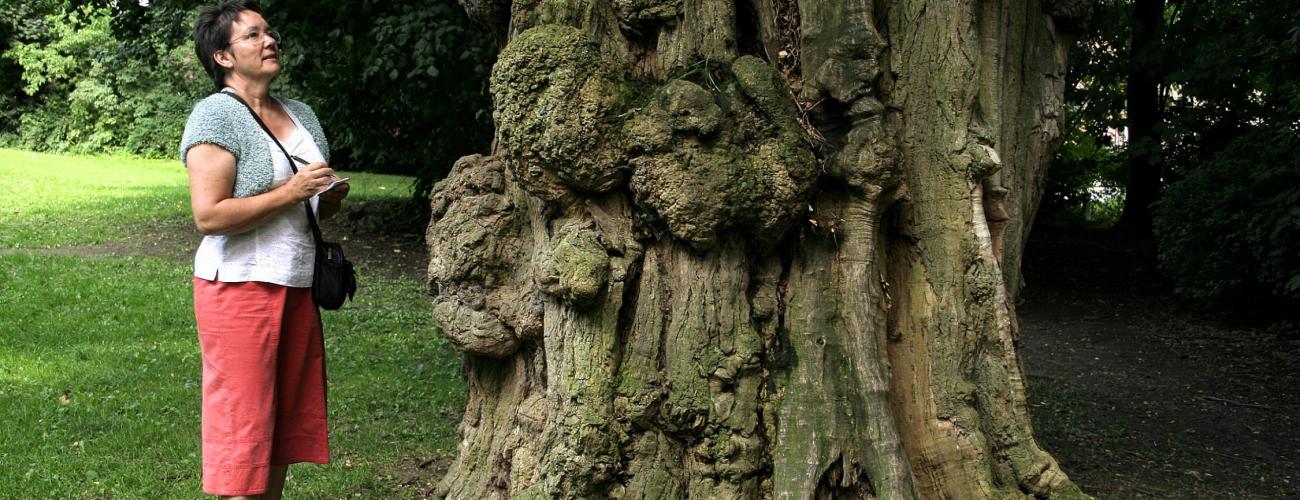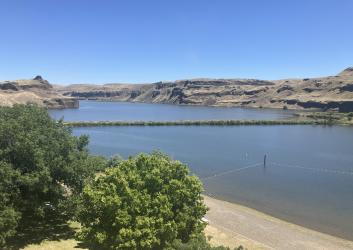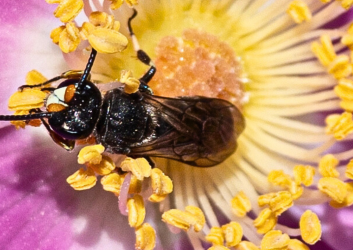Tree ID: Black locust
Scientific Name: Robinia pseudoacacia
Plant Family: Fabaceae (Legume family)
Long before the tree appeared in Paris, Indigenous people on this continent used it for medicinal purposes and made crafts and tools from the hard, durable wood.
Early Euro-American settlers used black locust wood to make fence posts, bows, flint making batons, pegs for log cabins, sills for houses, blow gun darts and large mallets. Farmers planted it widely for its ability to enrich the soil with nitrogen (through nodules in its roots), and many of the American Naval ships used in the War of 1812 were made from its wood.
The black locust, which was native to the East coast, hitched a ride to California during the gold rush, where miners cultivated the tree and used the wood to build mining equipment.
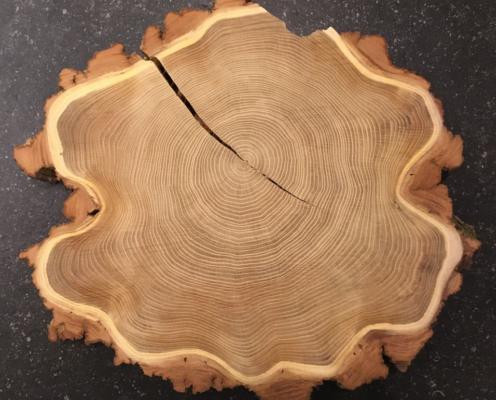
How to identify them
The black locust bark can be light or dark gray, or grayish-brown. In some cases, the outer bark is gray, with reddish-brown bark in the furrowed diamond-like grooves. Sometimes the trunks are knotty, with protrusions near the base and clusters of leaves growing out of them.
Each leaf is compound, which means it looks like a stem with several leaves growing in neat rows along its length and a single leaf at the tip. The leaflets are almond shaped and lighter green on the undersides. They appear relatively late in spring and turn a clear pale yellow in autumn. The leaflets fold together in wet weather and at night.
The cream-colored blossoms grow in clusters that may resemble geometric patterns when viewed up close. Each flower has a yellow center. Being in the legume family, the black locust drops seedpods that look like pea pods and have legumes inside.
Some of the younger trees also have thorns.
These hardy trees can live to be 100 years old, although 80 to 90 is a typical lifespan. They can reach 90 feet in height and four feet in diameter at the base, though the black locusts in our parks are generally 40 to 60 feet tall.
However, black locusts are prone to beetle infestations. The black locust borer beetle lays eggs in the fall in bark crevices and wounds. In spring, the larvae bore into the tree’s heartwood, and in August they emerge as adult beetles. Over time this decimates the tree.
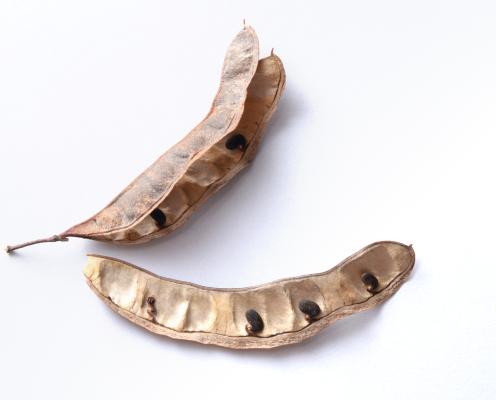
Where to see them
Black locusts are shade intolerant, so they grow best in sunny Eastern Washington.
You can see them at Sun Lakes, Ginkgo Petrified Forest, 25-Mile Creek and Lyons Ferry state parks, so go check them out this summer!
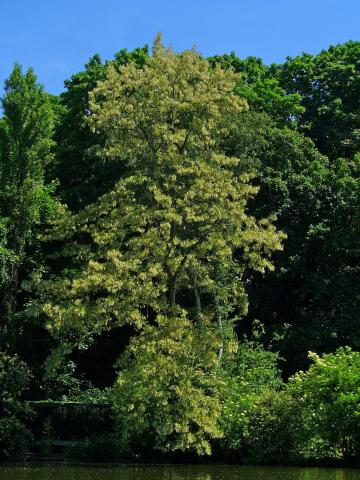
Main header photo: Jean-Pol Grandmont.
By James Gouldin, Eastside Arbor Crew
Originally published June 16, 2025

